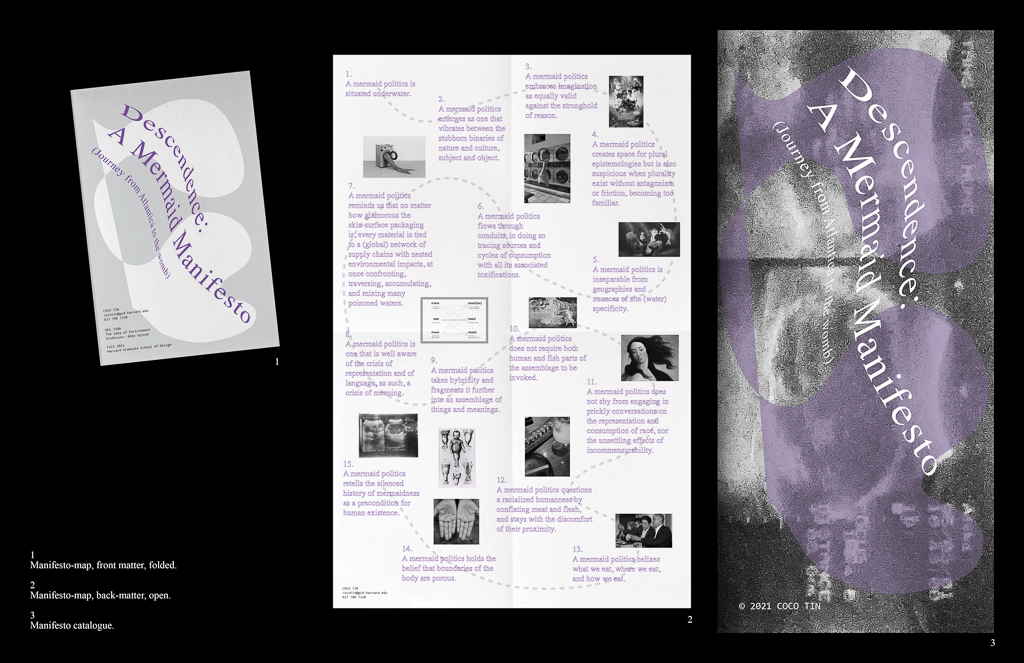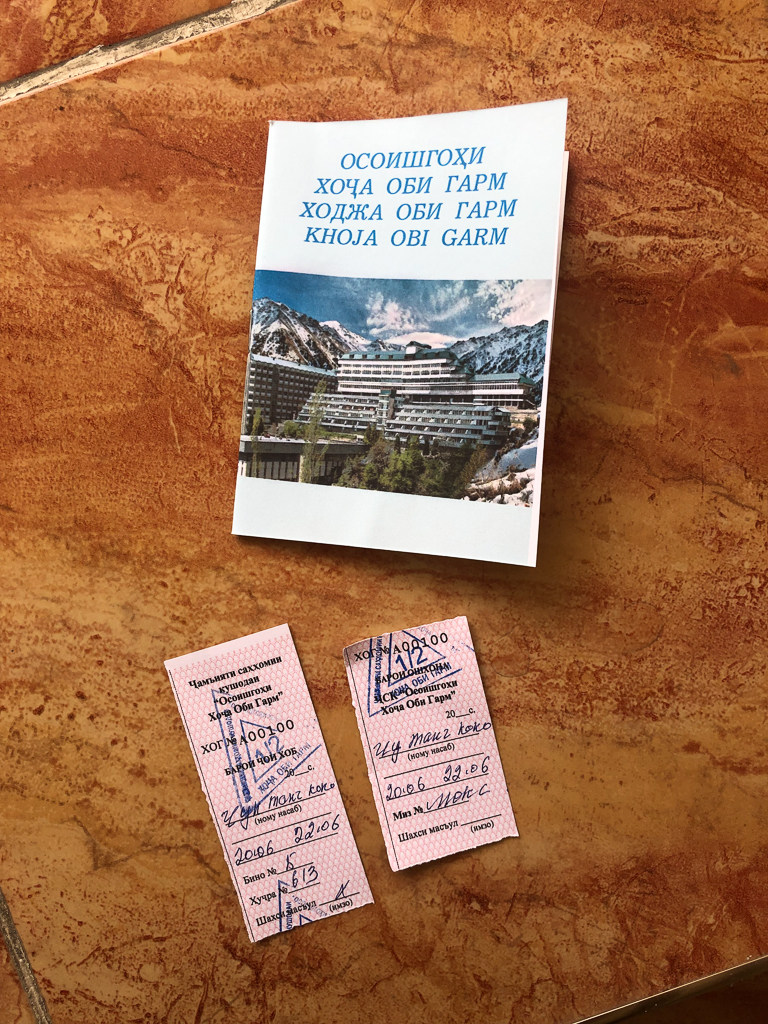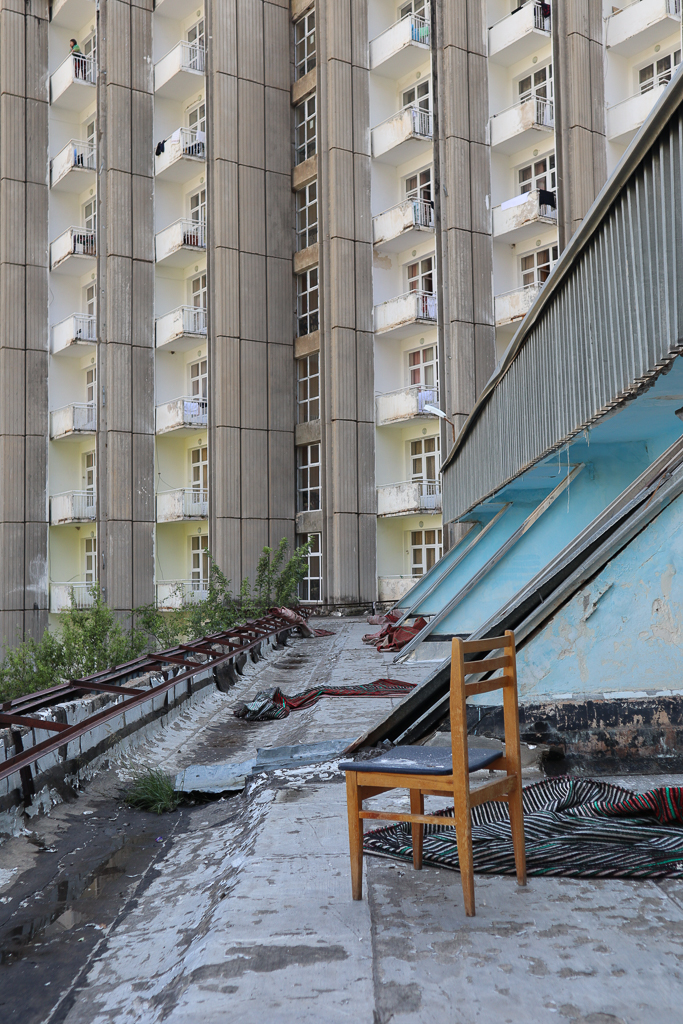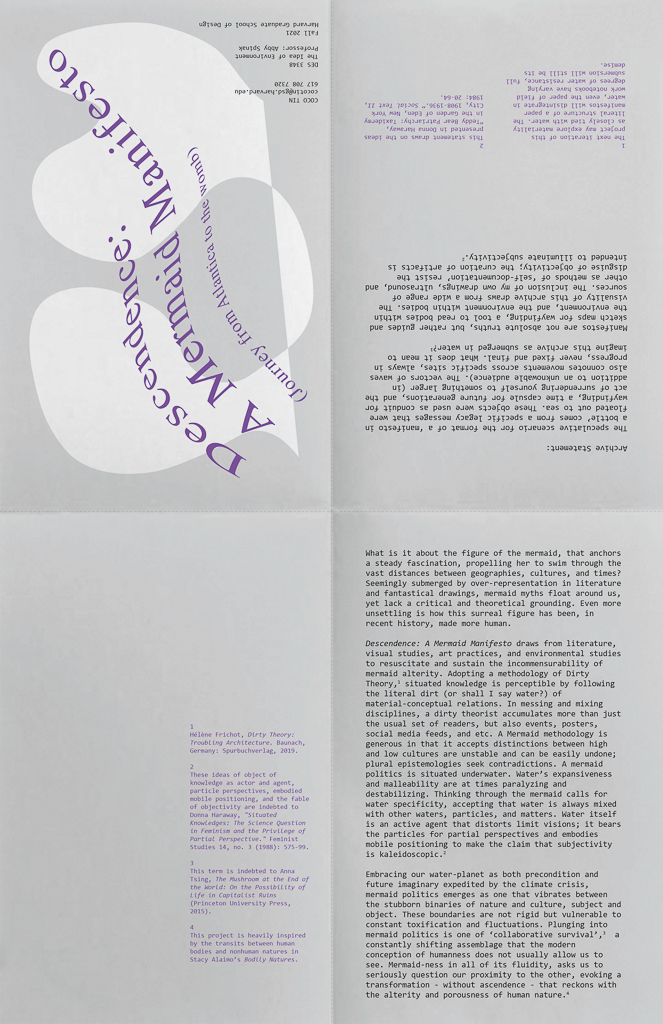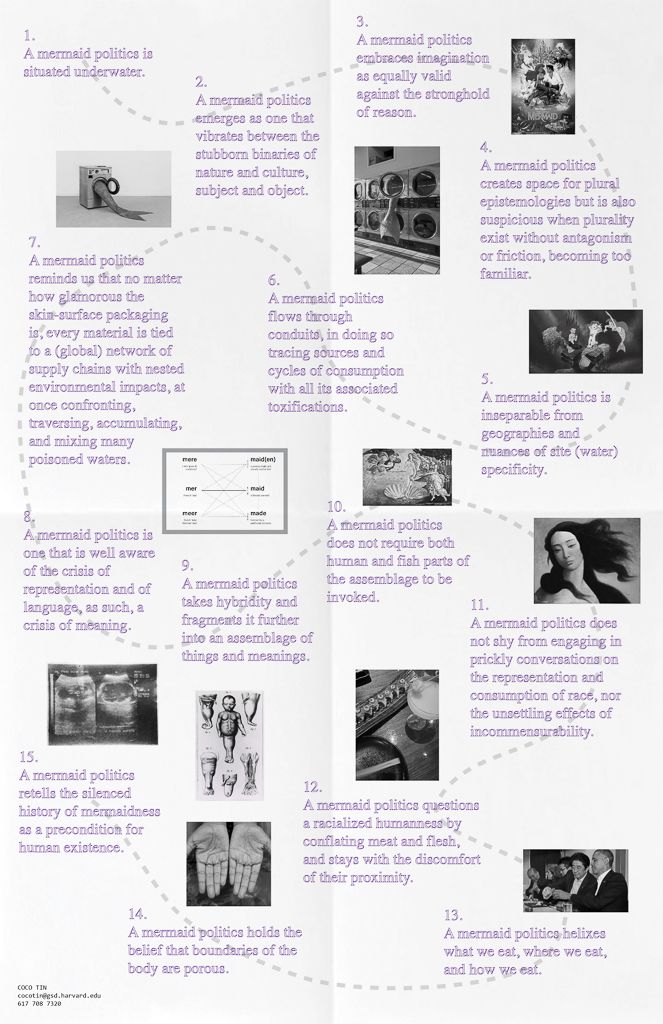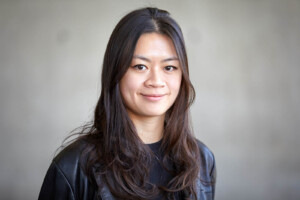
What’s it like to be a Master in Design Studies (MDes) student in the Narratives domain at the Harvard Graduate School of Design (GSD)? In this series of candid conversations between students, Ian Erickson (Master in Architecture I ’25) speaks with CoCo Tin (MDes ’23) about merging research and design and her forthcoming book based on research supported by a Kohn Pedersen Fox Traveling Fellowship.
Ian Erickson: What ideas are most interesting to you right now?
CoCo Tin: Ideas of fluidity, gender, and East-West encounters have been on my mind lately.
What were you doing before you came to the GSD?
I graduated from Cornell in 2019 and worked for the architecture firms Food New York and Collective in Hong Kong. While at Collective, I continued my Kohn Pedersen Fox (KPF) Traveling Fellowship that began by visiting still functioning sanatoriums, compiling the body of research into a full-on publication. I cold emailed a bunch of publishers and got positive responses. So by April 2021, I had written a full manuscript first draft (56,000 words!). It was a productive balance of part-time design work paired with self-directed research.
What led to your decision to attend the GSD?
Having a Bachelor of Architecture (B.Arch) from Cornell means I spent five years going through rigorous design studios. Yet I always had an itch for history/theory that I never really got to prioritize. So the newly restructured Narratives domain of the MDes program stood out to me. In finding myself working part-time between designing buildings and doing research, I discovered that it was a limbo space I really enjoyed. I decided to get a formal master’s education in the history and theory side of architecture.
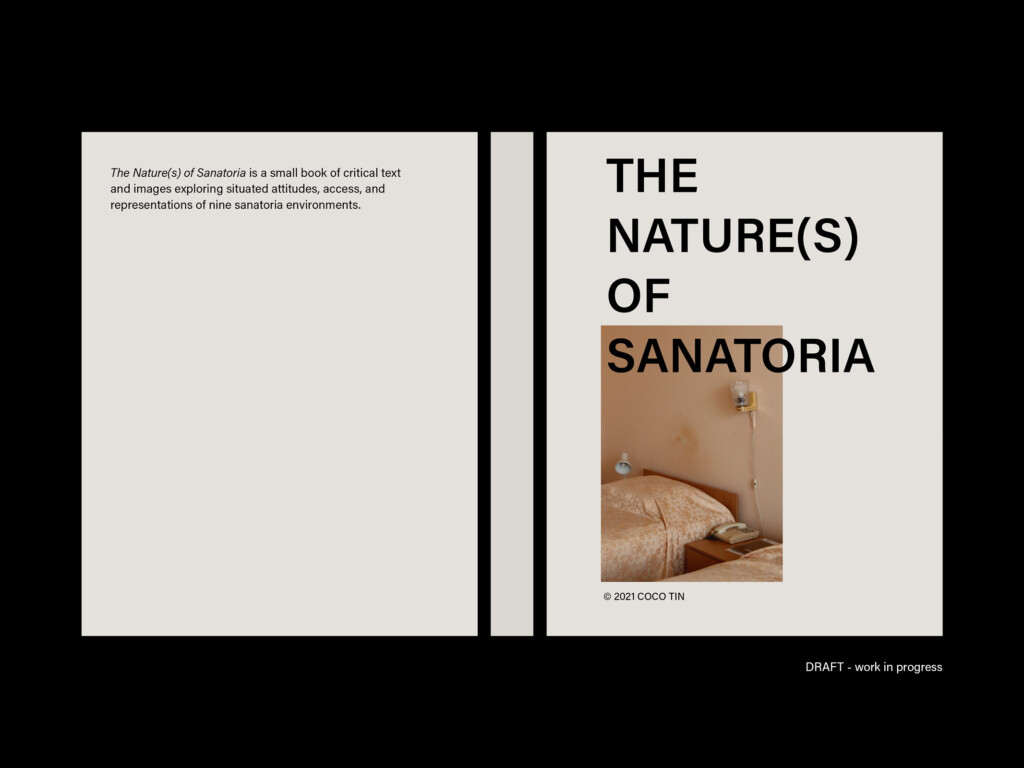
Was there a particular part of the program that made you want to attend the GSD specifically?
To be honest, I think it was Erika Naginski because she is so organized, articulate, and generous with her scholarship. Also, the program being two years long was appealing; it felt like the perfect amount of time to build on my sanatoria research work and enough to start something new. Also, the Womxn in Design’s Bib: An Annotated Bibliography on Identity Theories stood out. I was—and still am—craving a more ecofeminist approach to architectural history and theory.
Do you have any advice for preparing a portfolio and showcasing your work in order to apply to MDes?
I would say put your wackiest project first. The optional supplementary portfolio submission for Narratives was a writing sample. But in my portfolio, I also submitted a lot of design work because writing and visual thinking go hand in hand in my process. I think the program shares that sentiment since “Word and Image as Narrative Structure” is the title of the required proseminar course for the Narrative program.
What are some of your goals for after graduate school, and how do you feel the MDes program has prepared you to accomplish them?
To finish and officially publish my book! But even after one semester here, I’ve realized how much my thoughts have developed. For example, for the Ecologies proseminar with Chris Reed, I had the chance to rework the frame of my book and produce new writing with a more environmental focus. Rather than just seeing the building as a cure or as a space of care, I explored the sanatoria effect as closing the gap between the built and “natural” environment. My time in MDes has given me the tools to dissolve the nature-culture binary at large into a more complex and nuanced discussion.
That aside, I came in thinking that a PhD would be the next goal, but now I’m not so sure if that’s the immediate step post-GSD. As I mentioned, I want to stay in this limbo of design and research, so right now I’m exploring design at large. For example, this summer I’ve pivoted slightly and am working in creative strategy for spatial projects at 2×4. What remains strong is a deep desire—paraphrasing Lydia Pang—“to make the world a little less shit.” A natural step for this goal seems to be teaching. I’ve been lucky to be TA for MArch I’s Core II studio, and also for history/theory seminars. Doing that in tandem with RA work for Jeannette Kuo and the wide range of classes at Harvard and MIT has broadened my horizons in terms of applying spatial or architectural thinking across many projects with a social-environmental agenda: my aim is to go beyond the building. I think this sort of freedom for exploration has instilled a desire for some sort of creative professional and teaching practice before pursuing a PhD.
You taught a J-Term course (one of the GSD’s student-taught winter break term classes). What was it about?
My J-Term course, “Mermaids: An Amphibian Story,” built upon a radical archive (Descendence: A Mermaid Manifesto . . . Journey from Atlantica to the Womb) for Abby Spinak’s “The Idea of Environment” class. It was about mermaids and how thinking through this mystical and fluid creature can challenge the porousness of boundaries in our bodies and the environments that we occupy. Of course, the mermaid fascination is also a bit cheeky; it pushes back against the “male model figures”—e.g., Vitruvian Man, Modulor man—and their stronghold as the standard bodies for design. The work of Stacy Alaimo and Donna Haraway was crucial to my thinking. Mermaids are interesting because they emerge in almost every culture’s origin story but have been domesticated by Disney. For example, the legend ancestors of Hong Kong are the LoTing Fish (盧亭). They are half man and half fish, but not the usual hybridity that we imagine when we reference mermaids. So in a sense, mermaid-ness is also a way to spatialize the ontology of being hybrid. What does it mean to be inter-species and environments?
Do you have a favorite course? What has been exciting or challenging in your coursework?
The Narratives proseminar is still one of my favorites. I was skeptical at first, because we were reading Kant, Derrida, and other canonical grad school figures that are challenging to read, and don’t really discuss things like gender. But Erika set it up in a way where thinkers would be almost pitted against each other. The proseminar was structured so well as a methodology course that, to this day, things like Peirce’s triadic semiotics, or the study of signs, are foundational to my ongoing work.
Abby Spinak’s “The Idea of Environment” and a class at MIT in the Art, Culture, and Technology (ACT) program with the artist Judith Barry were both refreshing for their wide range of new philosophical and visual references.
